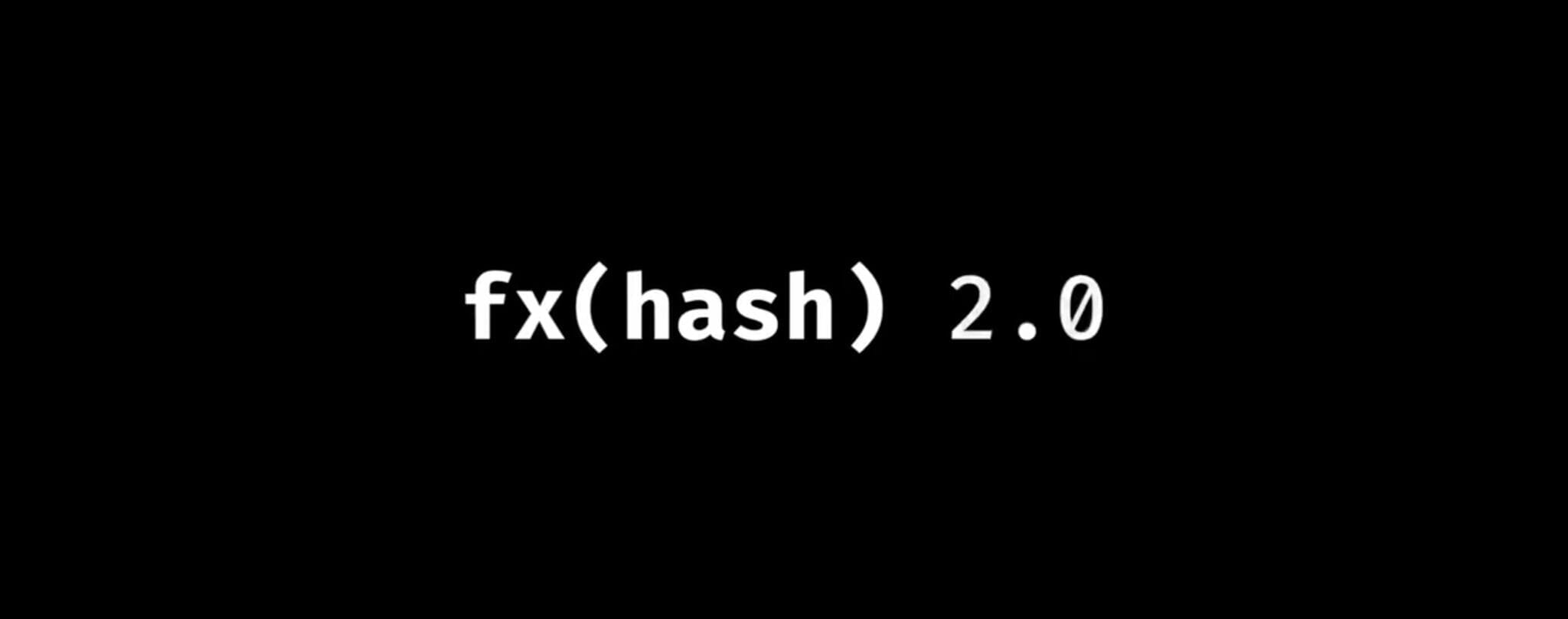walt.id
walt.id built an open-source NFT infrastructure layer for the Tezos ecosystem. As a result, developers now benefit from holistic tooling for building applications and use cases with NFTs – fast and with ease.
At their core, these open-source tools enable four capabilities:
- Mint NFTs
- Display NFTs (in an app/wallet)
- Verify NFTs (ownership, metadata)
- Unlock NFTs for web2 apps
These capabilities can be used to build a great variety of use cases ranging from collectibles, memberships, or public profiles to utility, access management, and beyond.
Let’s dive in!
Why this Project? Why NFTs?
NFTs are a cornerstone technology for enabling digital property rights and the ownership mapping of digital assets. As a result, walt.id see a growing need for solutions that make it easy for developers to build products with NFTs.
Firstly, the tokenization of assets is a hot topic across industries and a growing number of people realize that NFTs are the way to go.
As a result, there is a clear need for enabling the tokenization of assets for different use cases like collectibles, tickets, or public profiles.
Let’s call this the “NFT supply side”.
Secondly (as the “NFT supply side” is ramping up), there is a growing need to realize the utility functions of NFTs such as in the context of access management.
Tokenizing assets is one thing, but building utility and new types of user experiences around these assets is a different thing altogether.
Projects by global brands like Starbucks (“Odyssey”) reveal that the market is hungry for applications of NFTs that go beyond simple tokenization.
Let’s call this the “NFT demand side” (together with the next point).
Thirdly, walt.id see more and more businesses incorporating NFTs into their applications – including dapps and wallets but also traditional web2 applications. They are, for example, using NFTs as avatars, usernames or public profiles.
The open-source developer tools built by walt.id and Tezos enable you to do all of these things and more!
What you can build with walt.id NFT tools
Mint NFTs
The walt.id NFT infrastructure makes it easy for developers to mint NFTs on Tezos based on the Financial Application 2 (FA2) standard, either using the Single or Multiple implementations.
See a full list of token types supported at the end of this section. The functionality can also be integrated into applications based on a permissive open-source license (Apache 2).
More concretely, these open-source tools enable developers to easily create, deploy and manage smart contracts as well as to configure its features (such as metadata storage, supply size, dynamic NFTs, and metadata updates).
This component also includes transactional capabilities (minting).
Supported Token Types through the FA2 standard:
- fungible (equals ERC-20 on Ethereum)
- non-fungible (equals ERC-721 on Ethereum)
- non-transferable (equals ERC-1238 on Ethereum)
- multi-asset contracts (equals ERC-1155 on Ethereum)
Display NFTs
Apart from minting NFTs, developers can use the provided open-source tools to figure out which NFTs are associated with a certain wallet and to fetch all data associated with these NFTs.
This capability enables dapps or wallets as well as traditional web2 applications to display NFTs and metadata to their users.
At the end of the day, this functionality can be used to provide users with more information about NFTs as well as to build interesting features like using NFTs for avatars or profiles.
Verify NFTs (“Token-gating”)
Apart from minting NFTs, the new open-source NFT infrastructure enables developers to verify users’ (aka wallet holders’) ownership of NFTs as well as NFTs’ metadata against customizable policies.
On top of that, developers can also verify users’ ownership of a wallet with an implementation of “Sign in with Tezos”.
Based on these capabilities developers can build token-gating into their applications in order to manage their stakeholders’ access to different products, services or communities.
In other words, dapps and DAOS can build their own token-gated solutions which leverage NFTs as “access tokens” for different services, websites and virtual spaces based on e.g. NFTs representing membership cards, avatars, tickets, etc.
NFTs can either be minted by a dapp or DAO itself – using walt.id open-source tools (see “mint NFTs”) – or by anyone else. Access rights can simply be configured with customizable verification policies (based REGO and the Open Policy Agent).
Finally, given that more and more traditional businesses are using NFTs utility functions, walt.id also built an “identity provider” (leveraging OpenID Connect) that integrates with traditional identity and access management tools like “KeyCloak”.
As a result, developers and businesses benefit from backward compatibility as they can now easily implement token-gating with these traditional access management tools.
How to get started
Depending on your preferences, start hands-on with a tutorial or dive into the functionalities and the overall architecture.
Tutorials
- NFTs on Tezos – 5 modules explaining how to build an end to end NFT use cases (mint, display, verify)
- Building On Tezos (webinar) – Learn how to mint, view and verify NFTs
Deep dive
- Architecture – See how Tezos was integrated into the NFT-Kit
- Mint NFTs – How to deploy Smart Contracts and mint NFTs
- Verify NFTs– How to verify NFT ownership within a collection and other metadata
- Display NFTs– View NFTs via a web-app or wallet





